

James Wong
2026 Audi SQ5 review: Quick drive
5 Days Ago
Opel is becoming an electric-only brand by 2028, with a sleek new Manta coming by mid-decade and a return to China planned.

News Editor
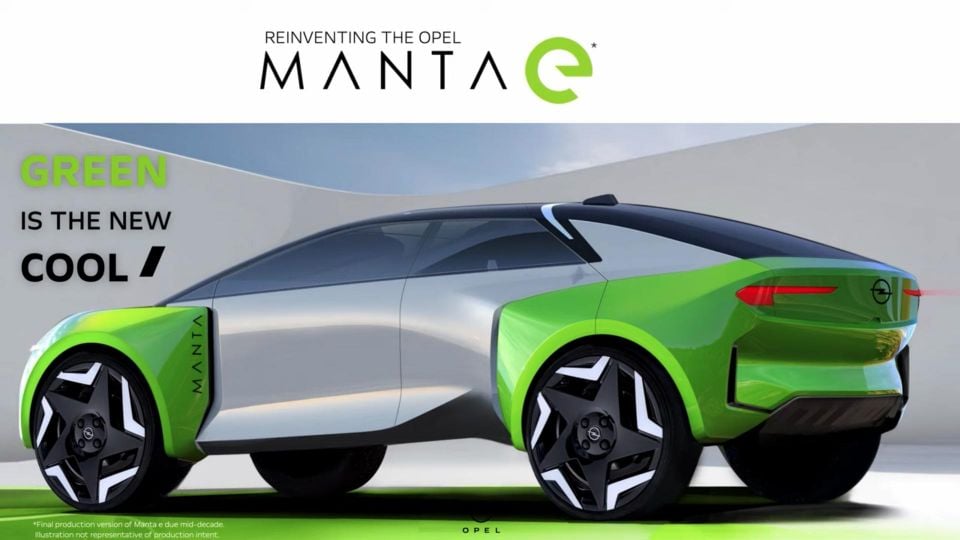

News Editor
Opel will only sell all-electric vehicles in Europe by 2028.
It’s committed to an end-date for internal-combustion engine sales, something neither corporate parent Stellantis nor any other brands within the empire have committed to.
That means it’ll also beat arch-rival Ford, which has committed to selling only all-electric passenger cars and only by 2030. Electrified internal-combustion powertrains will live on in the Blue Oval brand’s commercial vehicles.
Before then, Opel will offer electrified versions of every model in its portfolio by 2024.
There’s been no official word from Vauxhall, which differs from Opel in name and badging only and is sold only in the UK.
Opel will also resurrect one of its most famous nameplates, Manta, for an electric vehicle set for introduction by mid-decade.
Like the Ford Mustang Mach E, the Manta e will take the form of a sleek EV crossover.
Opel revealed a rear three-quarter render of the Manta e, as well as a blurry aerial shot.
They reveal a long wheelbase, short front and rear overhangs, and a rakish roofline, though Opel included a disclaimer that the images aren’t representative of production intent.


Regardless, it looks like the Manta e will be a stylistic departure from the small, two-door notchback and three-door hatchback coupe Mantas of yore.
Introduced in 1970, the Manta was a small, rear-wheel drive rival to the Ford Capri and was sold until 1988 when it was replaced with the front-wheel drive Calibra.
It was also the last Opel sold in the UK before the brand was retired there, by which point there was essentially no difference between Opel and Vauxhall.
Opel revealed a one-off, all-electric restomod of the first-generation Manta A, called the Manta GSe, earlier this year.

The company has also announced plans to re-enter the Chinese market with an EV-only line-up.
Former parent General Motors introduced Opel to China in 2012, only to withdraw it in 2015. Various Opel products continued to be sold there under the Buick brand.
Opel hasn’t confirmed when it’ll launch there or if it’ll manufacture locally. Its vehicles sold only in small numbers last time in China as they were all imported and thus attracted tariffs.
GM had earlier discontinued the brand in India, Indonesia and the Philippines during the mid-2000s and, famously, pulled it from Australia in 2013 after less than a year on the market.
That left the brand competing only in Europe and parts of Africa, the Middle East and South America.
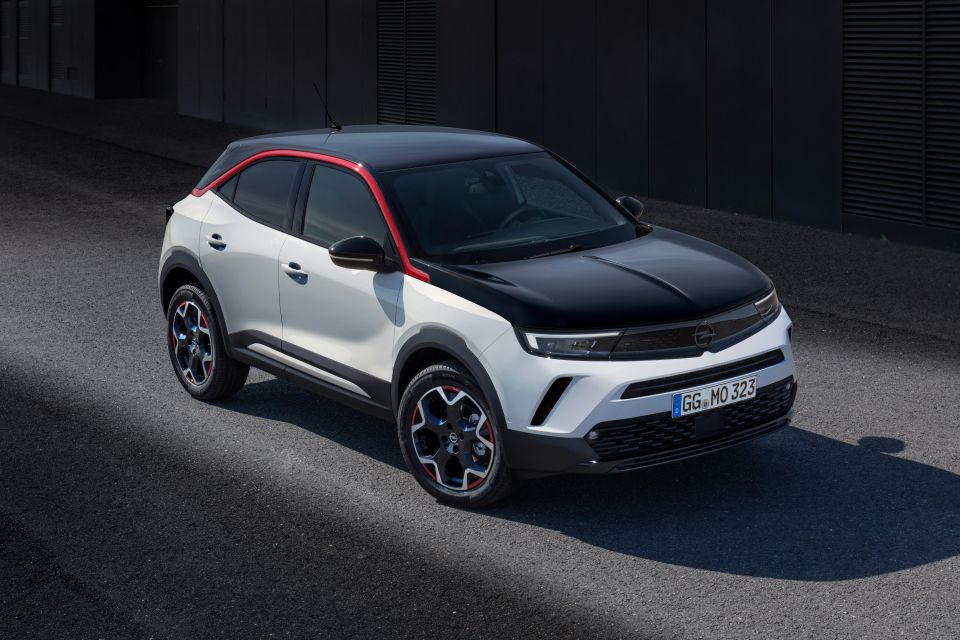
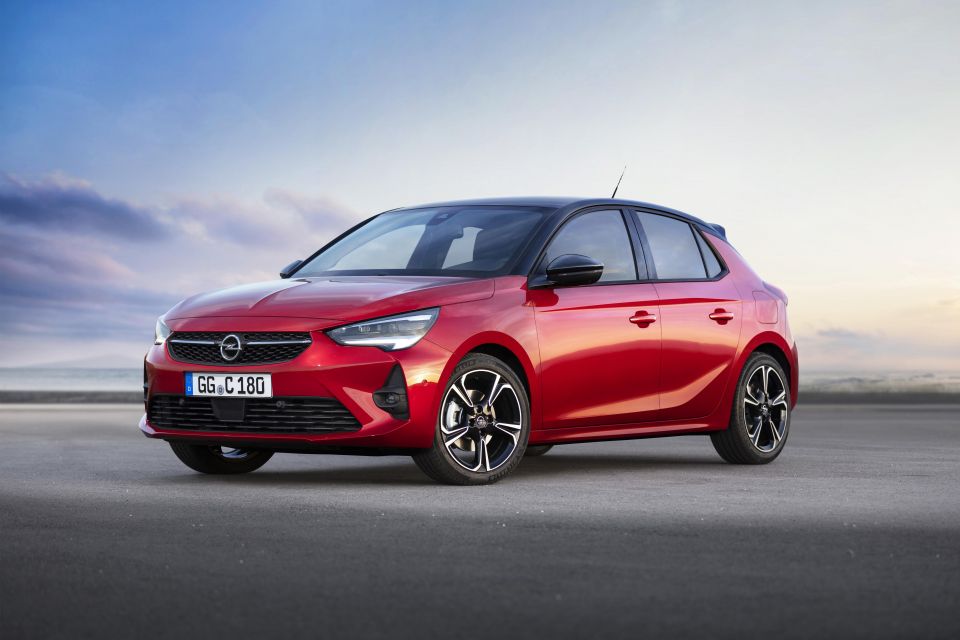

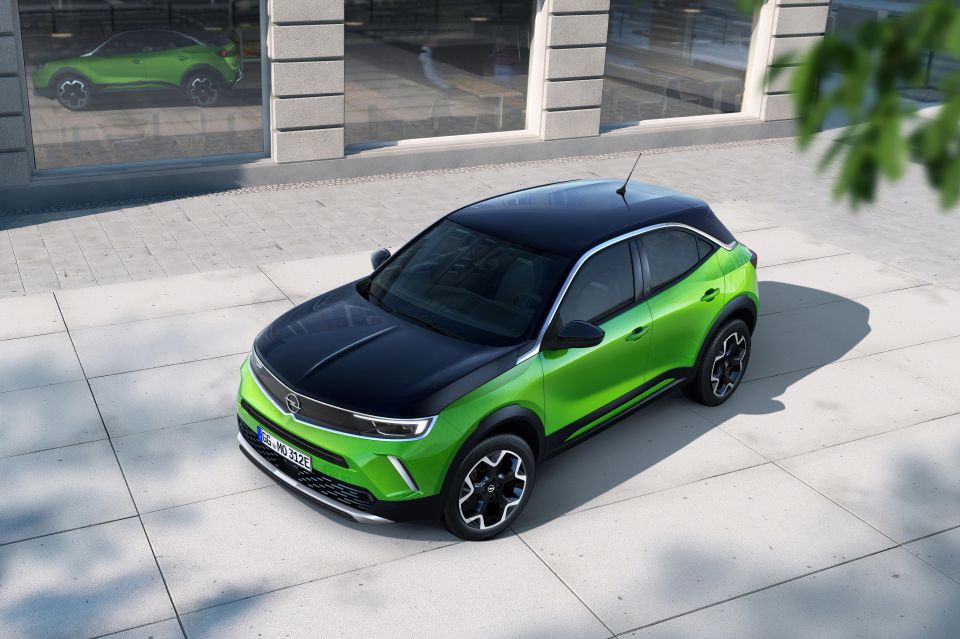
In 2020, Opel announced it was re-entering the Japanese market in 2021 with its Corsa light hatch as well as the Mokka and Grandland crossovers. It last sold cars there in 2006.
Corporate parent Stellantis announced it would use four all-electric platforms across its 14 brands as part of a more than €30 billion (A$47.82 billion) investment through 2025. These are:
The last two are likely to be reserved for Stellantis’ American brands.

Opel currently offers all-electric versions of its light Corsa hatchback and Mokka crossover, which share a platform with the Peugeot 208 and 2008. It also offers electric versions of its Combo and Vivaro vans.
The Grandland crossover is available with a plug-in hybrid powertrain like the related Peugeot 3008, while the Vivaro van will be available with a hydrogen fuel-cell powertrain from this year.
MORE: Stellantis plans €30 billion electric vehicle investment
William Stopford is an automotive journalist based in Brisbane, Australia. William is a Business/Journalism graduate from the Queensland University of Technology who loves to travel, briefly lived in the US, and has a particular interest in the American car industry.


James Wong
5 Days Ago


Max Davies
4 Days Ago


Josh Nevett
2 Days Ago


Max Davies
2 Days Ago
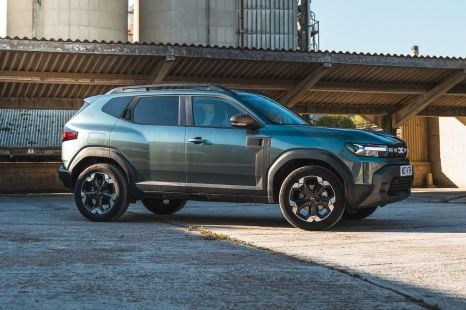

Damion Smy
1 Day Ago
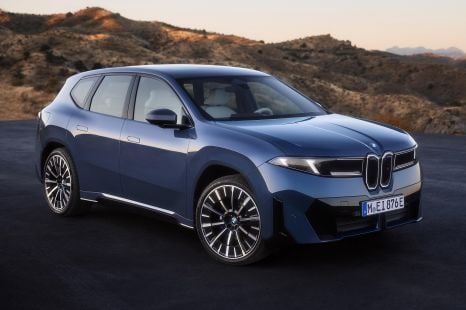

William Stopford
1 Day Ago